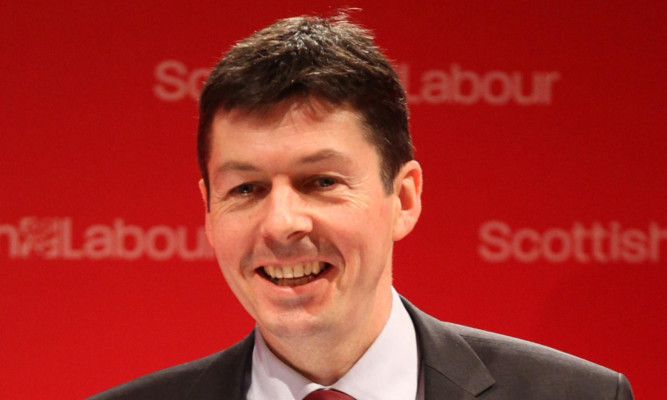Labour is being urged to consider choosing its new Scottish leader before Holyrood breaks for the summer at the end of June.
Ken Macintosh, who is standing against Kezia Dugdale for the post, said a quick appointment would avoid the party going through a “lengthy period of introspection” following its general election defeat.
He is proposing a major shake-up of the way the party elects its leaders and has urged Labour’s Scottish Executive Committee to consider how the contest would “allow us truly to listen to and reflect the views of people in Scotland”.
He wants Labour to move from its current electoral college system to one member one vote, and also favours introducing open primaries, where leadership candidates could be questioned by registered supporters of the party rather than just paid-up members.
Scottish Labour should also cut its joining fees during the leadership contest, in a bid to attract more people to join the party, Mr Macintosh suggested.
The Eastwood MSP called for the changes in a letter to outgoing Scottish Labour leader Jim Murphy – who survived a motion of no confidence after his party lost all but one of its MPs north of the border to the SNP but announced he is to step down from the post next month.
In the letter, also sent to Scottish Labour Party chair Jamie Glackin and general secretary Brian Roy, Mr Macintosh said he is “very concerned at the prospect of a lengthy period of introspection” if the new leader is not appointed quickly.
“I do not believe many in the party are keen for a long, drawn-out and inward-looking leadership contest lasting until September,” he said.
“That is why I would urge the Scottish Executive Committee to consider moving promptly, if possible allowing us to reach a conclusion before the summer recess.”
While he said the general election was a “terrible defeat”, he said Labour now had the “opportunity to be reborn” and to “rebuild our roots” with Scottish voters.
Mr Macintosh added: “Scottish Labour will rebuild and that process can begin with a robust, open and transparent leadership contest.”
The current electoral college system for Scottish Labour leadership elections gives a third of the vote to elected members of Holyrood, Westminster and the European Parliament, a third of the votes to members in Scotland, with the final third going to affiliated members of trade unions and societies.
Replacing this with a system of one member one vote would “reject any perception of vested interests”, Mr Macintosh argued, and make the process more transparent.
The MSP said: “I have written to our party’s outgoing leader, our chair and our general secretary with proposals which I believe, if adopted, will allow us to begin the immediate process of rebuilding the bonds of trust and confidence that we have lost with the people of Scotland.
“This is a time of exceptional political engagement in Scotland and people have never been so active in the politics of our country.
“I want to enlist their help in re-shaping and rebuilding the Scottish Labour Party.
“I am not going to make bland assertions of seeking party unity if that means protecting or preserving the influence of vested interests, but reclaim this party for the people we seek to represent.
“I believe holding open primaries throughout Scotland will offer Scottish Labour a real opportunity to engage with a politically-energised electorate, to listen to their concerns, their hopes and their aspirations, and allow our movement to share our principles and our passion for Scotland free from the constraints of an election.”
